Hodson Of Hodson’s Horse Or Twelve Years Of A Soldier’s Life In India [Illustrated Edition]
Nonfiction, History, Asian, India, Military, Other, British| Author: | Major William S. R. Hodson | ISBN: | 9781782894711 |
| Publisher: | Normanby Press | Publication: | August 15, 2014 |
| Imprint: | Normanby Press | Language: | English |
| Author: | Major William S. R. Hodson |
| ISBN: | 9781782894711 |
| Publisher: | Normanby Press |
| Publication: | August 15, 2014 |
| Imprint: | Normanby Press |
| Language: | English |
[Illustrated with over one hundred maps, photos and portraits, of the battles, individuals and places involved in the Indian Mutiny]
The Letters and memoirs of the ferocious leader of cavalry Major William Hodson, whose exploits, deeds and misdeeds during the Indian Mutiny have remained the stuff of legend.
“Hodson, the son of a clergyman, was born on 19 March 1821, near Gloucester, England. A Cambridge graduate, he entered the Company’s service in 1845 and saw action in the First Sikh War (1845-46) in the Bengal Grenadiers. As Adjutant of the Guides, he played an important role in the Second Sikh war ( 1848-49 ); he took command by 1852, creating jealousies...
“A contemporary described Hodson as tall man with yellow hair, a pale, smooth face, heavy moustache, and large, restless, rather unforgiving eyes. The British General Hugh Gough thought of him a perfect swordsman, nerves like iron, and a quick, intelligent eye. Hodson delighted in fighting and his favourite weapon was the hog-spear. He was a brilliant horseman with the capacity to sleep in the saddle.
“On the outbreak of the Indian Mutiny, Hodson was reinstated with a commission and raised a regiment of 2,000 irregular cavalry which became famous as ‘Hodson’s Horse’ and which took part in the siege of Delhi. As well, Hodson was Head of the Intelligence department and his spies reported accurately on rebel troop movements within the city and the damage done by British guns.
“After Delhi’s capture, Hodson rode to Humayun’s tomb where he captured the aged Emperor Bahadur Shah and shot to death the Moghul princes as after the latter had surrendered at the same place. That act, plus his vengeful treatment of Indians during the Mutiny and unproved charges against him of looting, darkened his reputation. He then took part in the fighting before Kanpur, but was killed on 12 March 1858 during the successful British attack at Lucknow.”-oldmartinianassociation.
[Illustrated with over one hundred maps, photos and portraits, of the battles, individuals and places involved in the Indian Mutiny]
The Letters and memoirs of the ferocious leader of cavalry Major William Hodson, whose exploits, deeds and misdeeds during the Indian Mutiny have remained the stuff of legend.
“Hodson, the son of a clergyman, was born on 19 March 1821, near Gloucester, England. A Cambridge graduate, he entered the Company’s service in 1845 and saw action in the First Sikh War (1845-46) in the Bengal Grenadiers. As Adjutant of the Guides, he played an important role in the Second Sikh war ( 1848-49 ); he took command by 1852, creating jealousies...
“A contemporary described Hodson as tall man with yellow hair, a pale, smooth face, heavy moustache, and large, restless, rather unforgiving eyes. The British General Hugh Gough thought of him a perfect swordsman, nerves like iron, and a quick, intelligent eye. Hodson delighted in fighting and his favourite weapon was the hog-spear. He was a brilliant horseman with the capacity to sleep in the saddle.
“On the outbreak of the Indian Mutiny, Hodson was reinstated with a commission and raised a regiment of 2,000 irregular cavalry which became famous as ‘Hodson’s Horse’ and which took part in the siege of Delhi. As well, Hodson was Head of the Intelligence department and his spies reported accurately on rebel troop movements within the city and the damage done by British guns.
“After Delhi’s capture, Hodson rode to Humayun’s tomb where he captured the aged Emperor Bahadur Shah and shot to death the Moghul princes as after the latter had surrendered at the same place. That act, plus his vengeful treatment of Indians during the Mutiny and unproved charges against him of looting, darkened his reputation. He then took part in the fighting before Kanpur, but was killed on 12 March 1858 during the successful British attack at Lucknow.”-oldmartinianassociation.
![Cover of the book Hodson Of Hodson’s Horse Or Twelve Years Of A Soldier’s Life In India [Illustrated Edition] by Major William S. R. Hodson, Normanby Press](https://www.kuoky.com/images/2014/august/500x500/9781782894711-F2Yb_500x.jpg)
![Cover of the book The History of the French Revolution Vol V [Illustrated Edition] by Major William S. R. Hodson](https://www.kuoky.com/images/2016/november/300x300/9781787202849-Yg4P_300x.jpg)
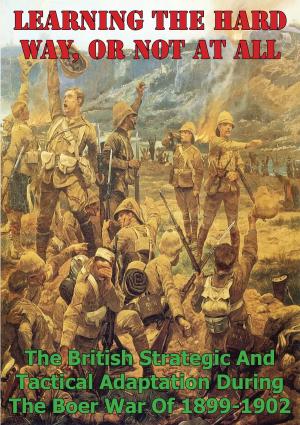
![Cover of the book Small Unit Action In Vietnam Summer 1966 [Illustrated Edition] by Major William S. R. Hodson](https://www.kuoky.com/images/2014/august/300x300/9781782893608-HtjI_300x.jpg)
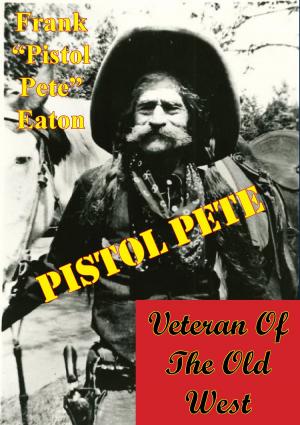
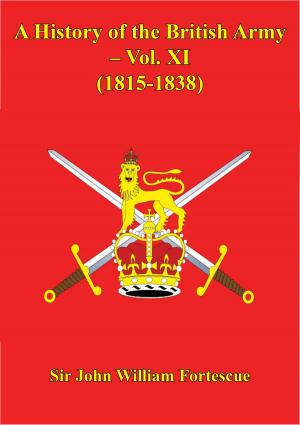
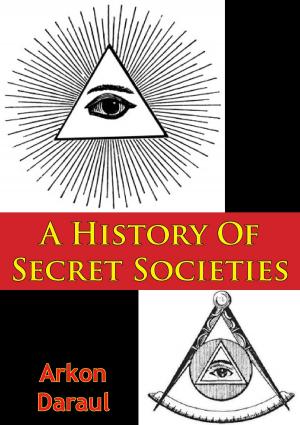
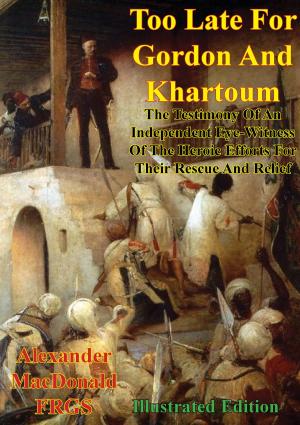
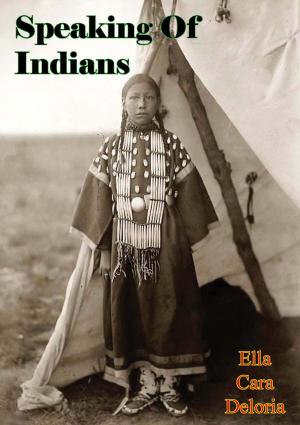

![Cover of the book First Russia, Then Tibet [Illustrated Edition] by Major William S. R. Hodson](https://www.kuoky.com/images/2016/october/300x300/9781787202306-yexd_300x.jpg)
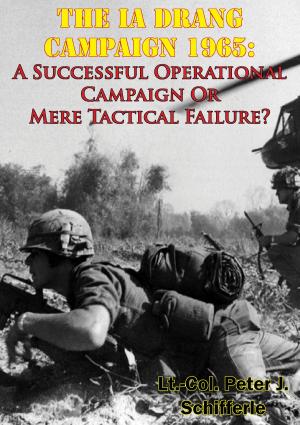
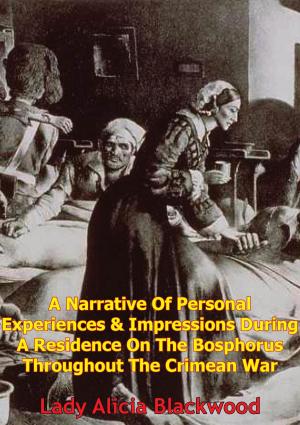
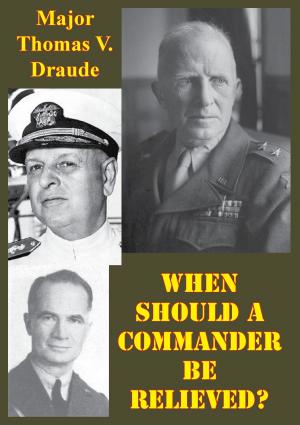
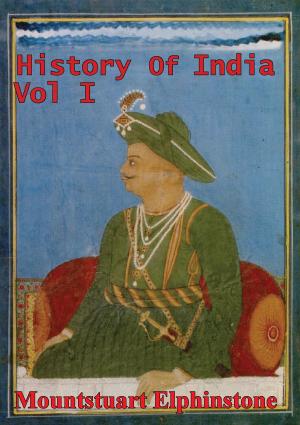
![Cover of the book The History of the French Revolution Vol I [Illustrated Edition] by Major William S. R. Hodson](https://www.kuoky.com/images/2016/november/300x300/9781787202801-U1vl_300x.jpg)